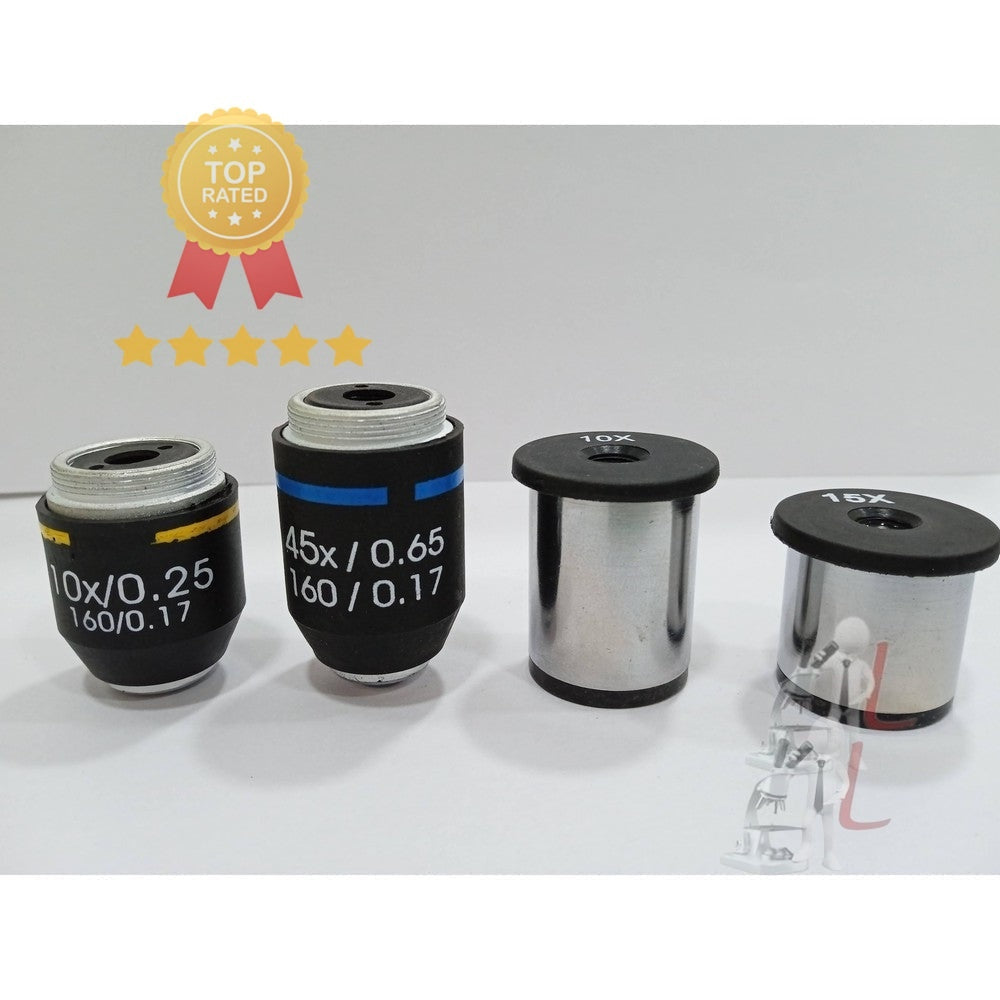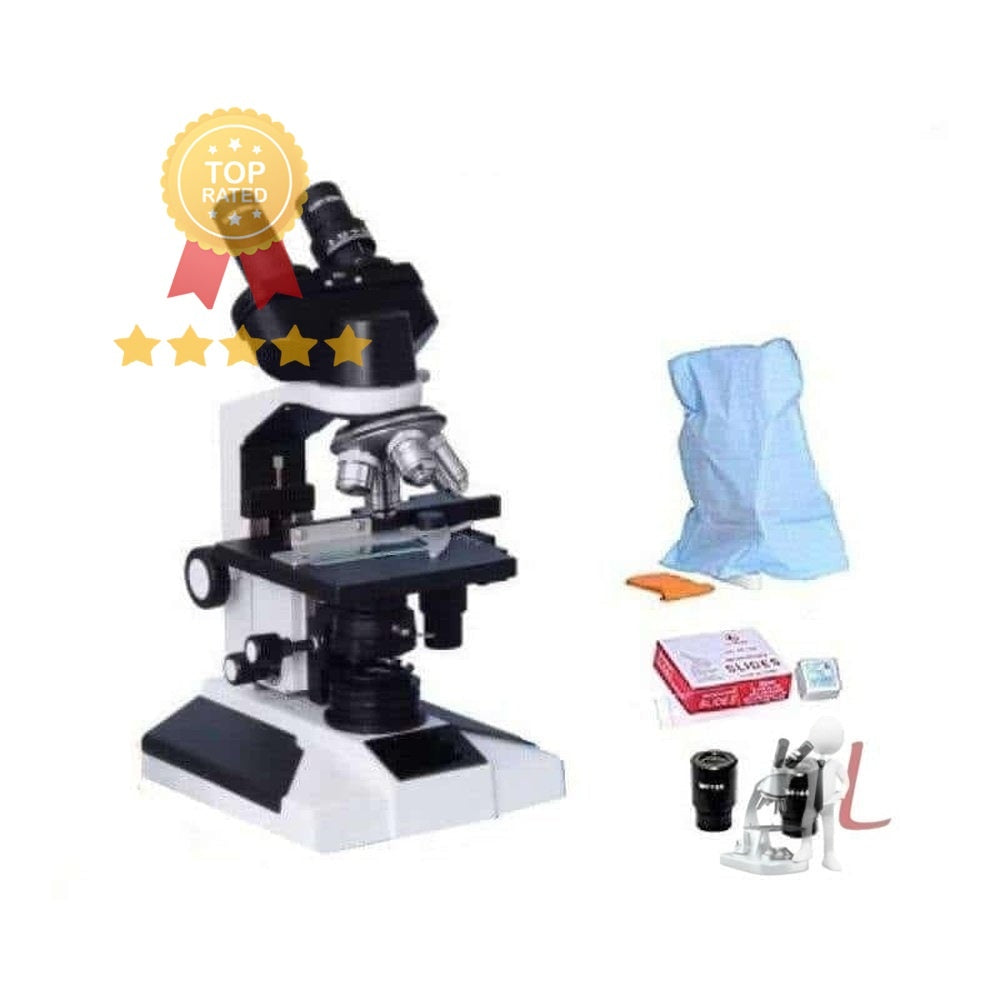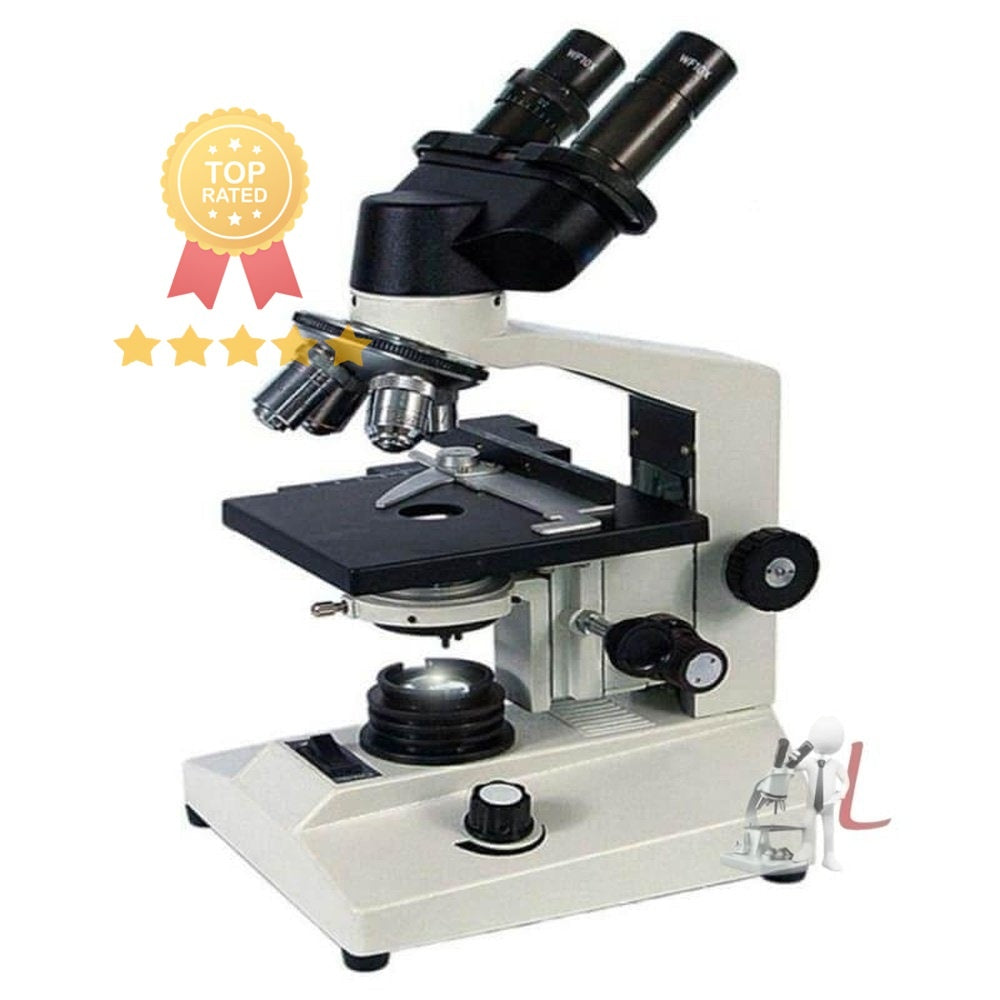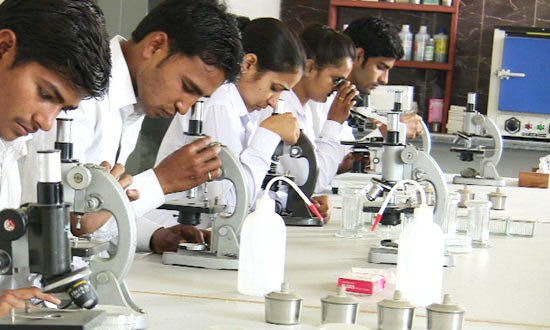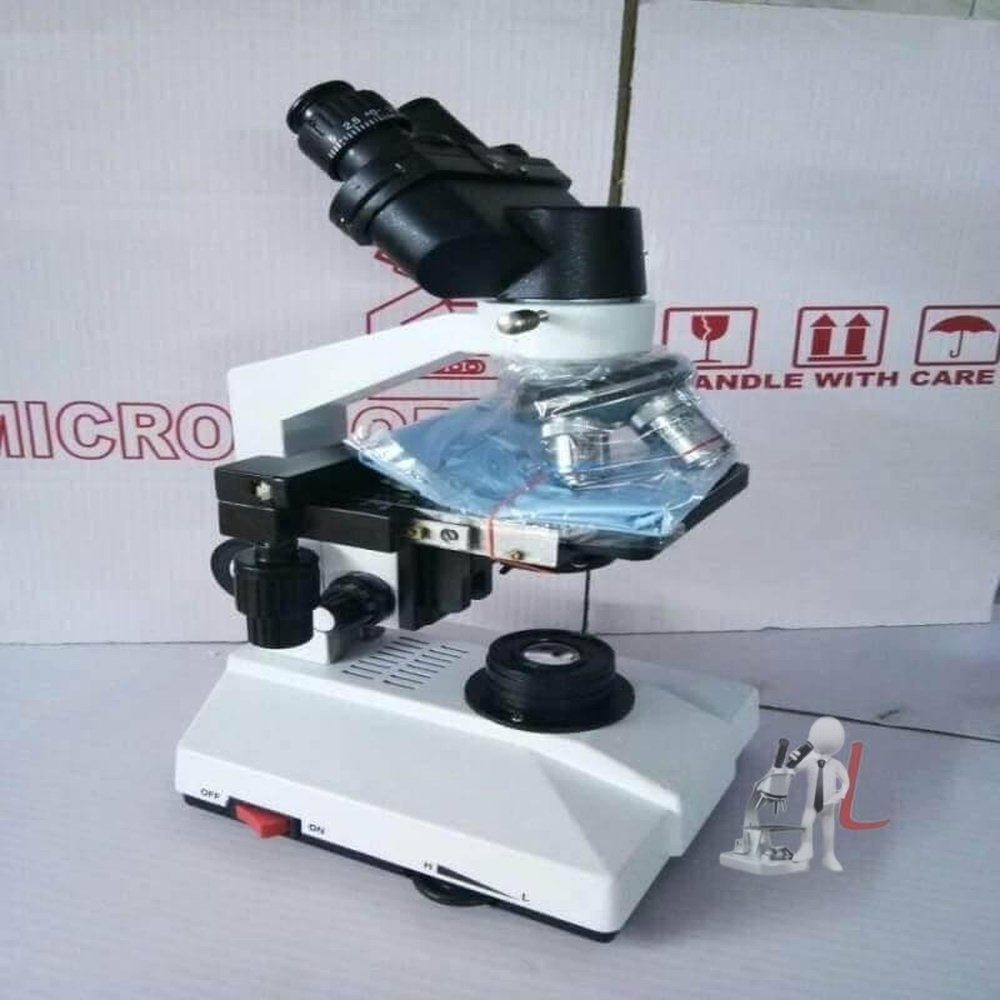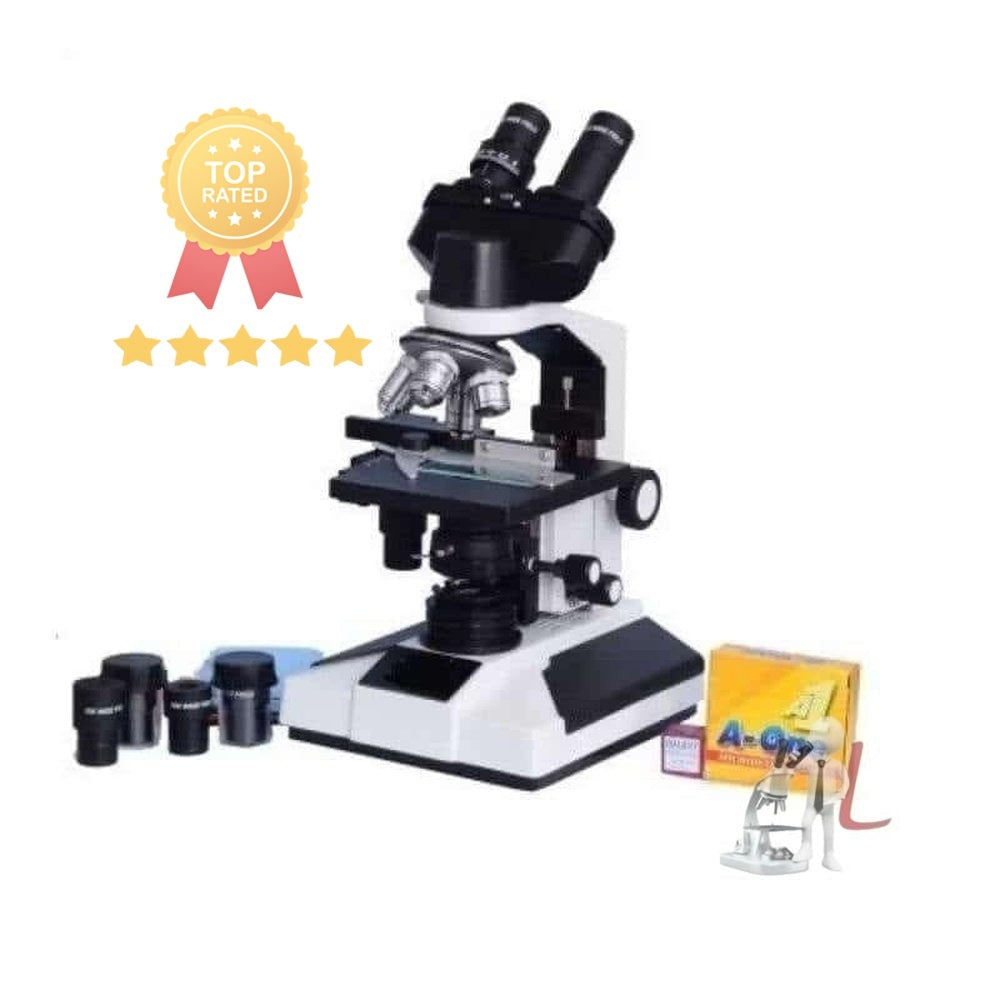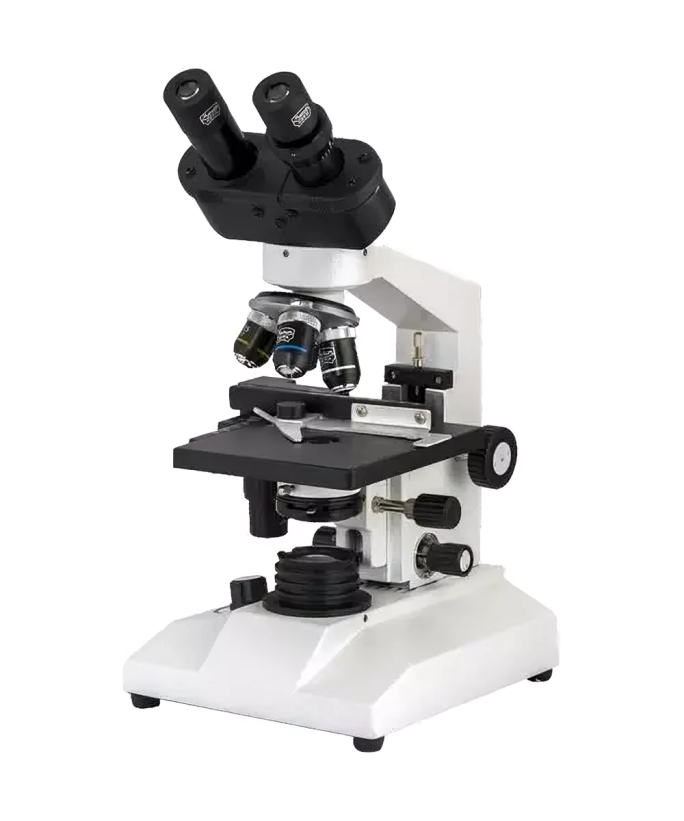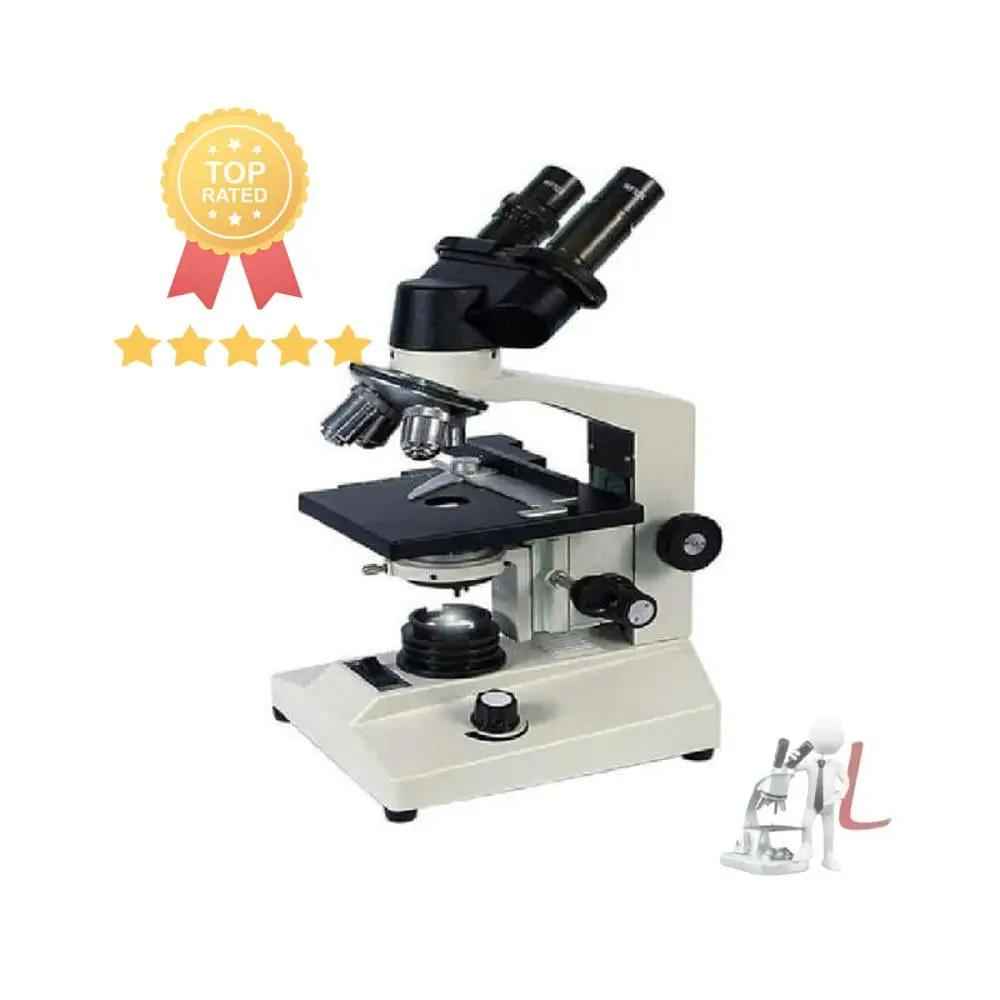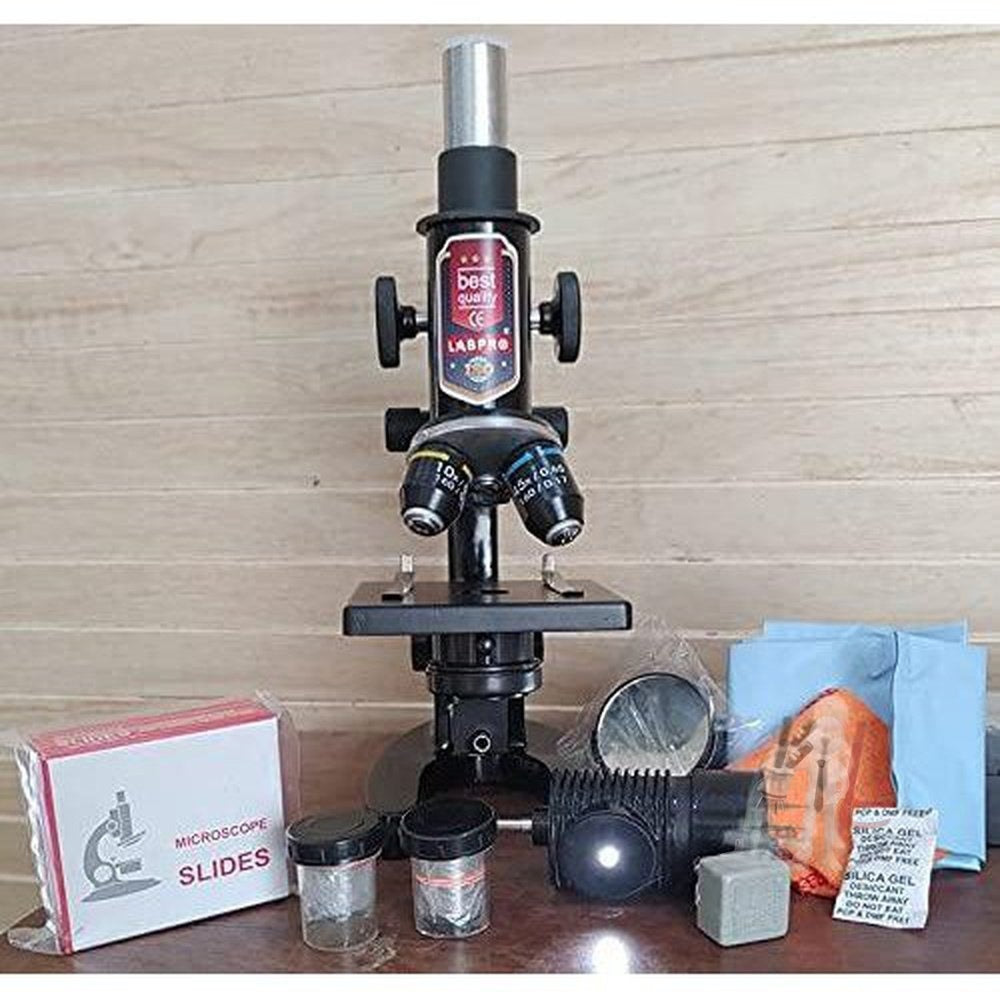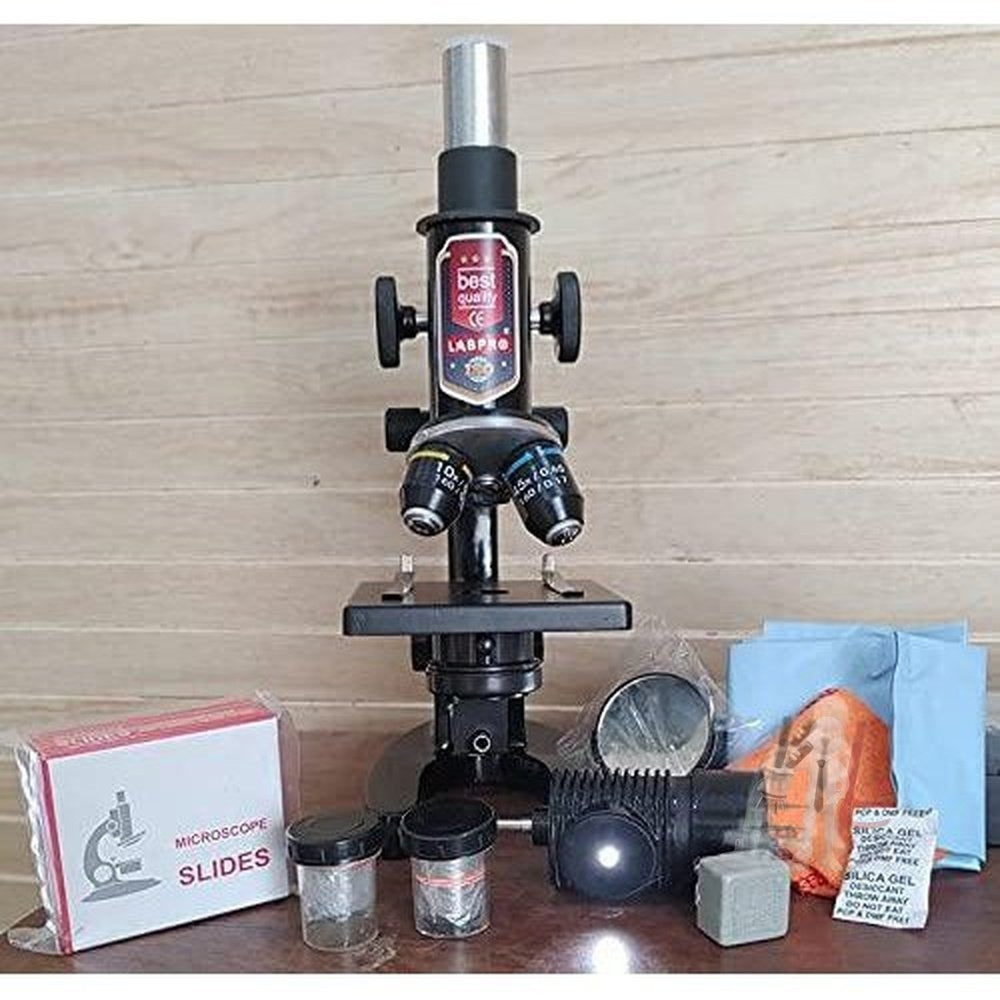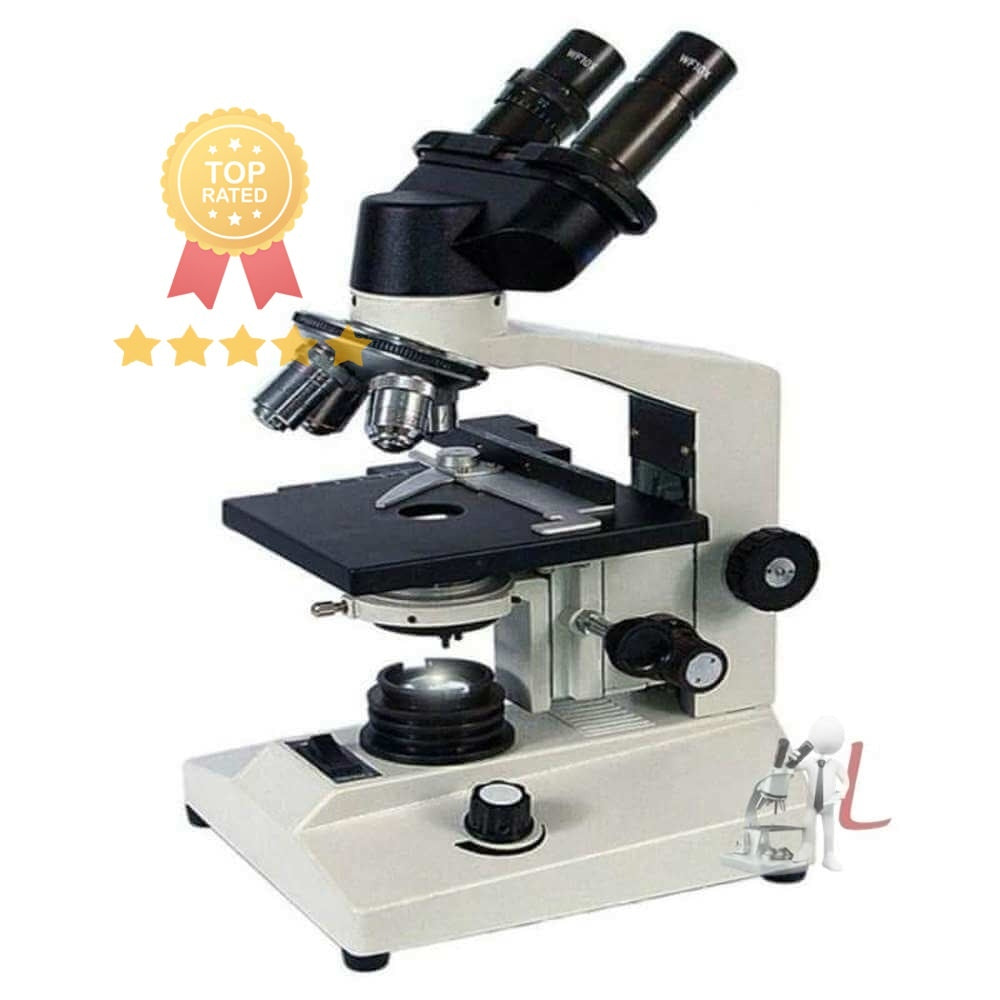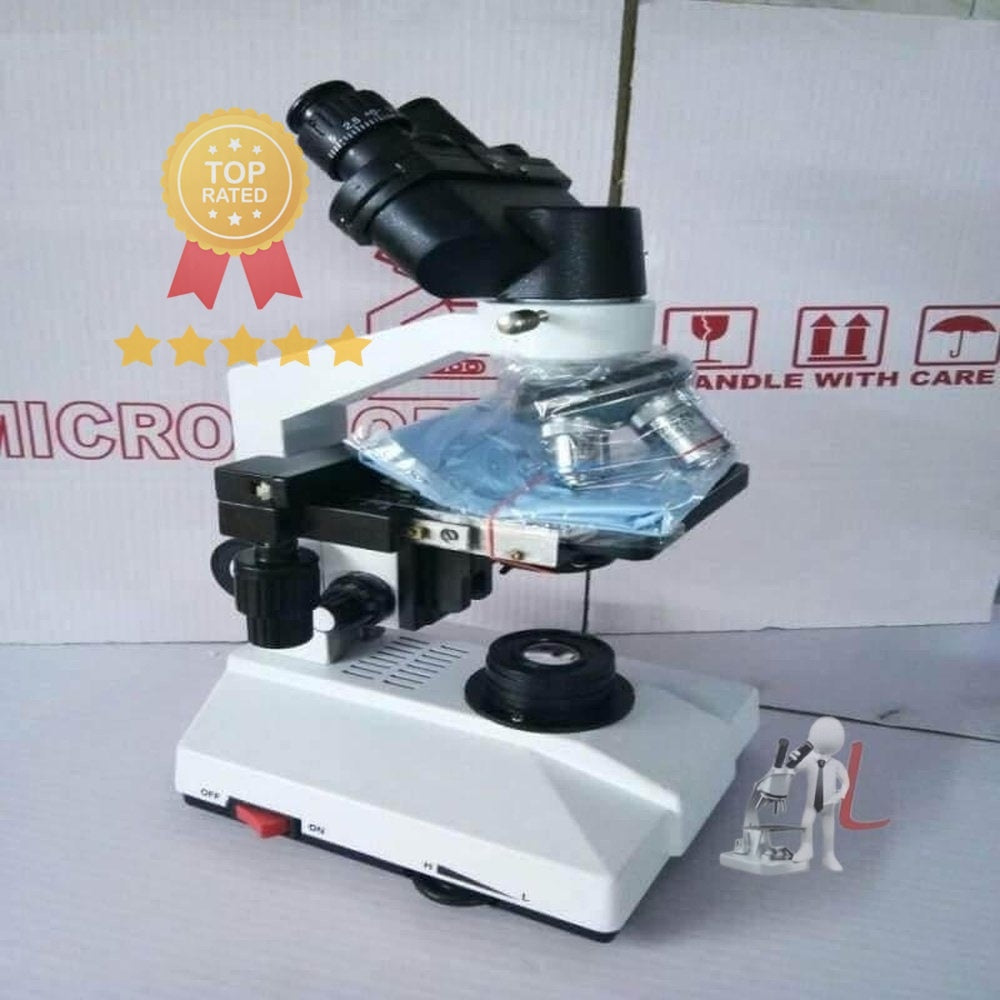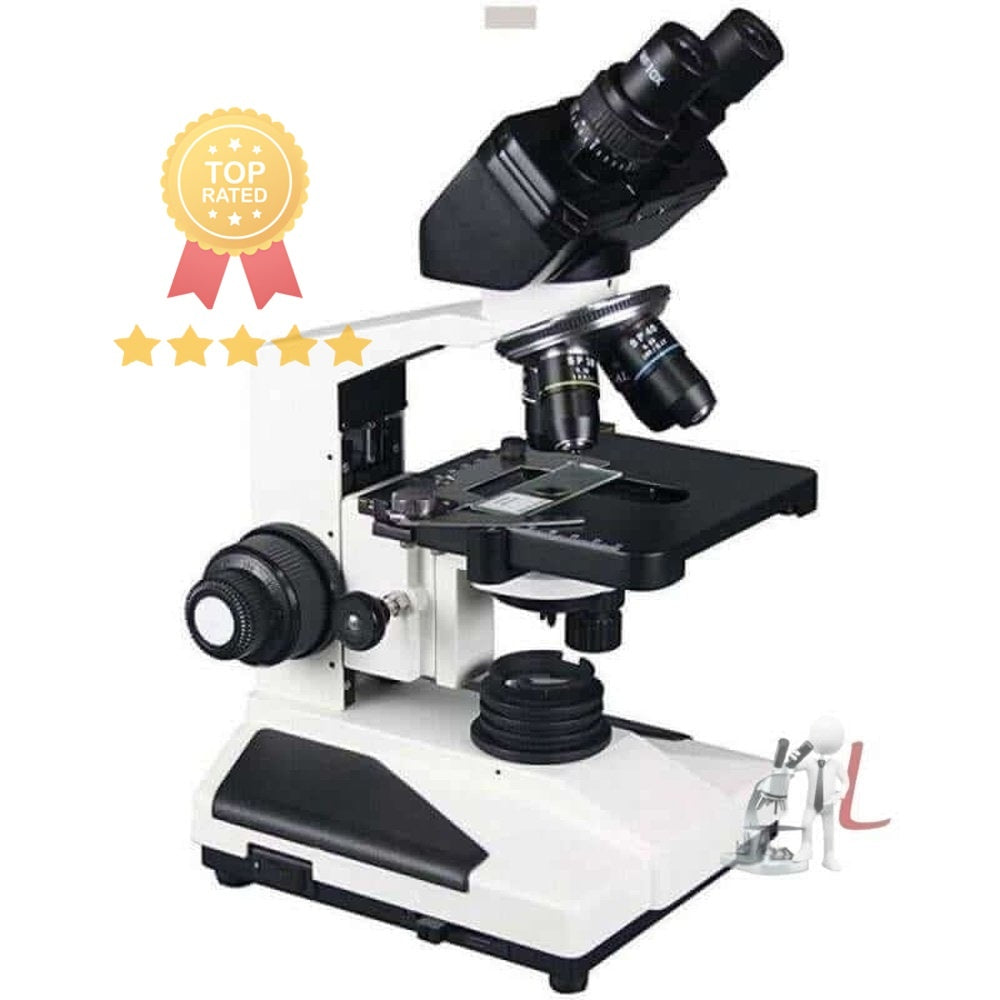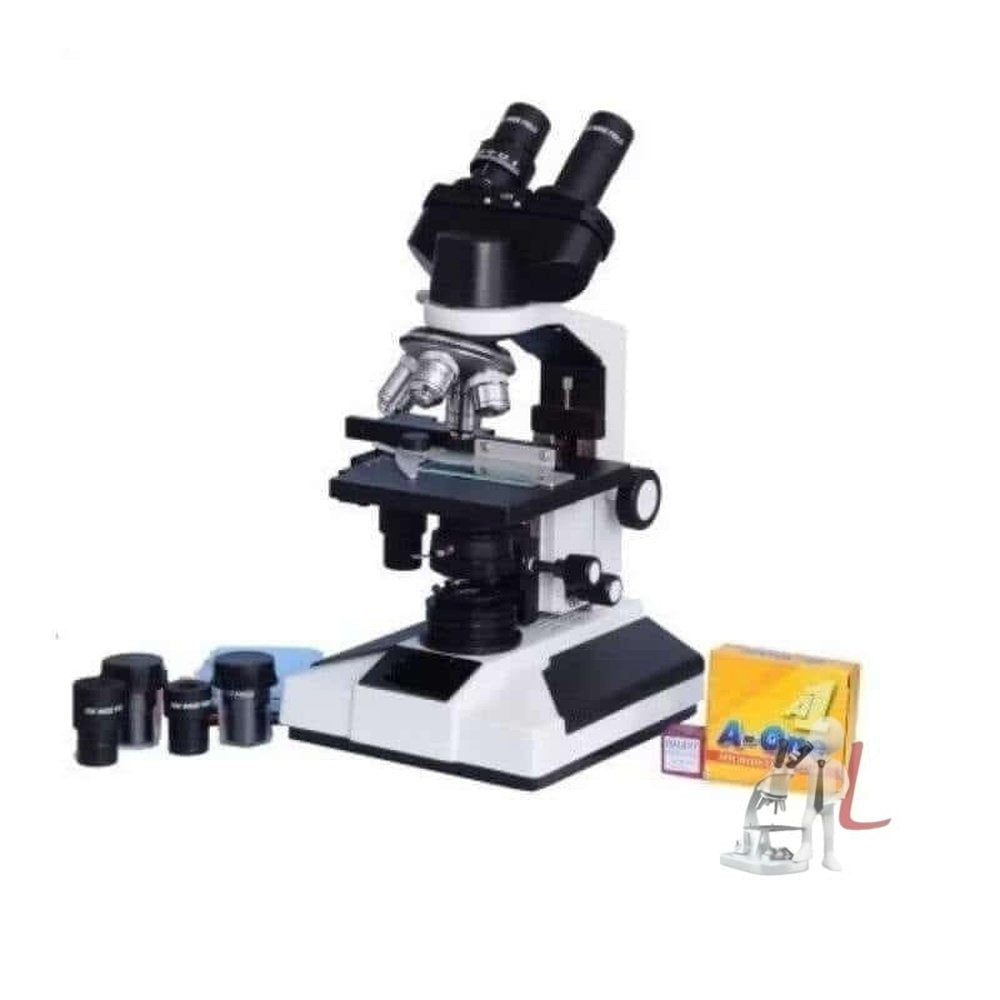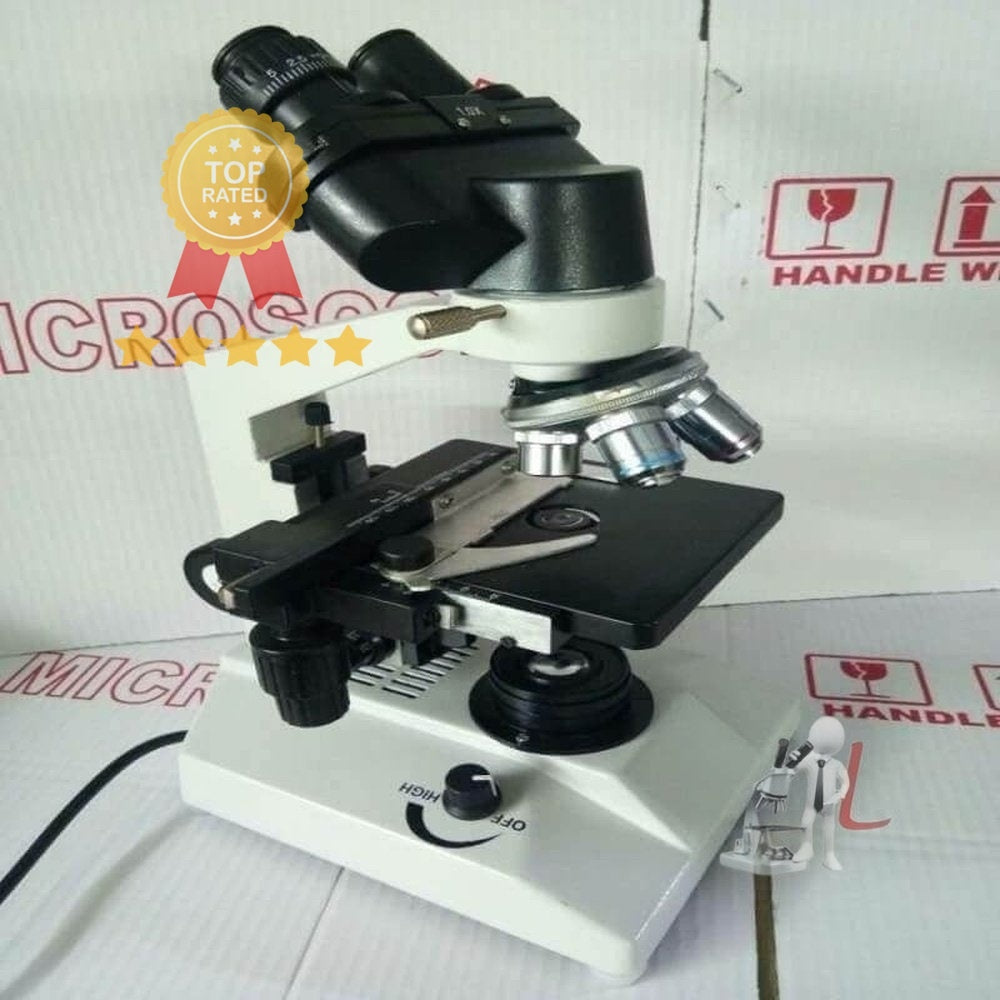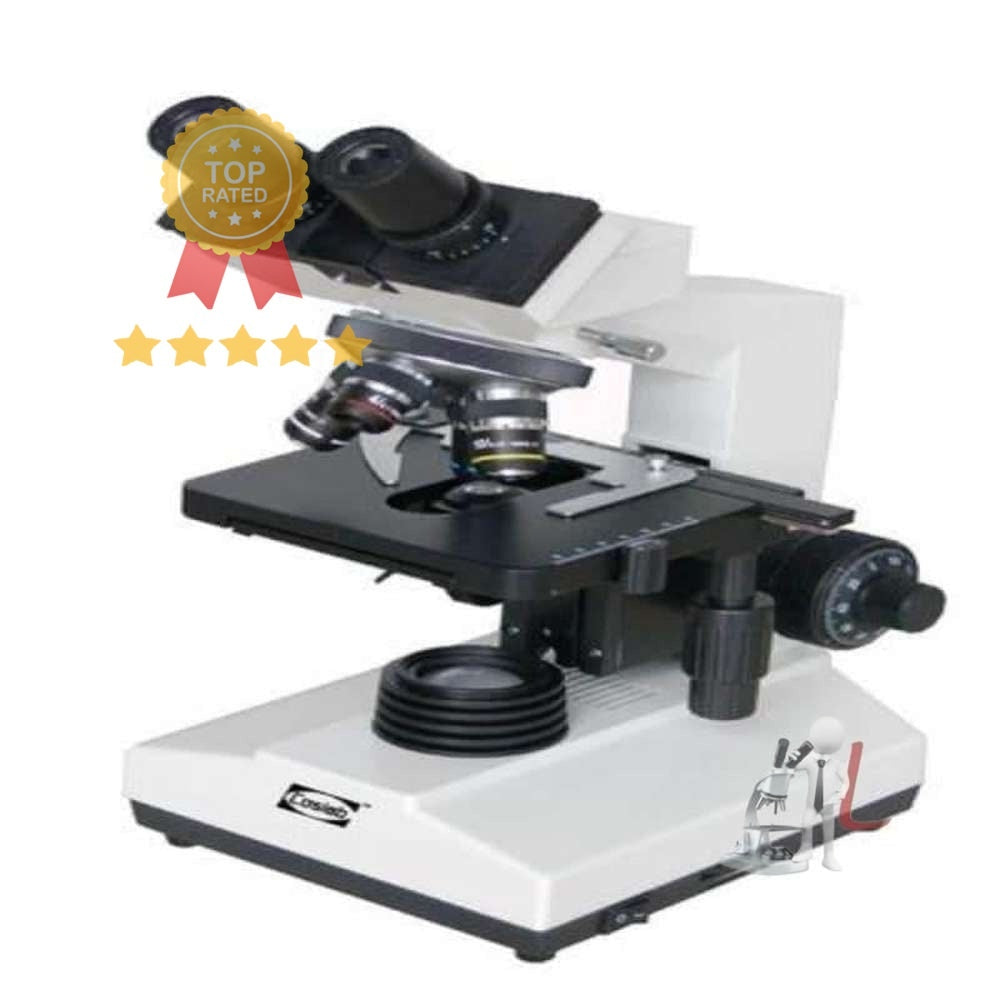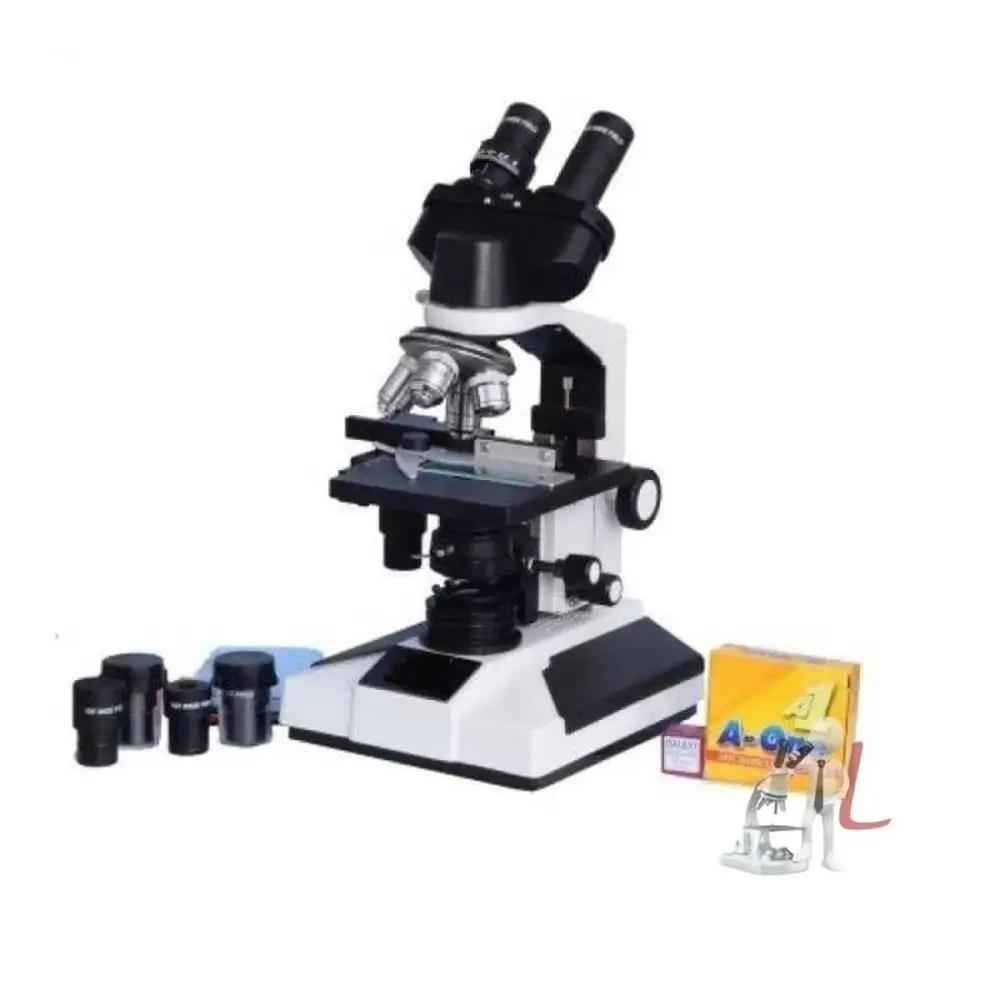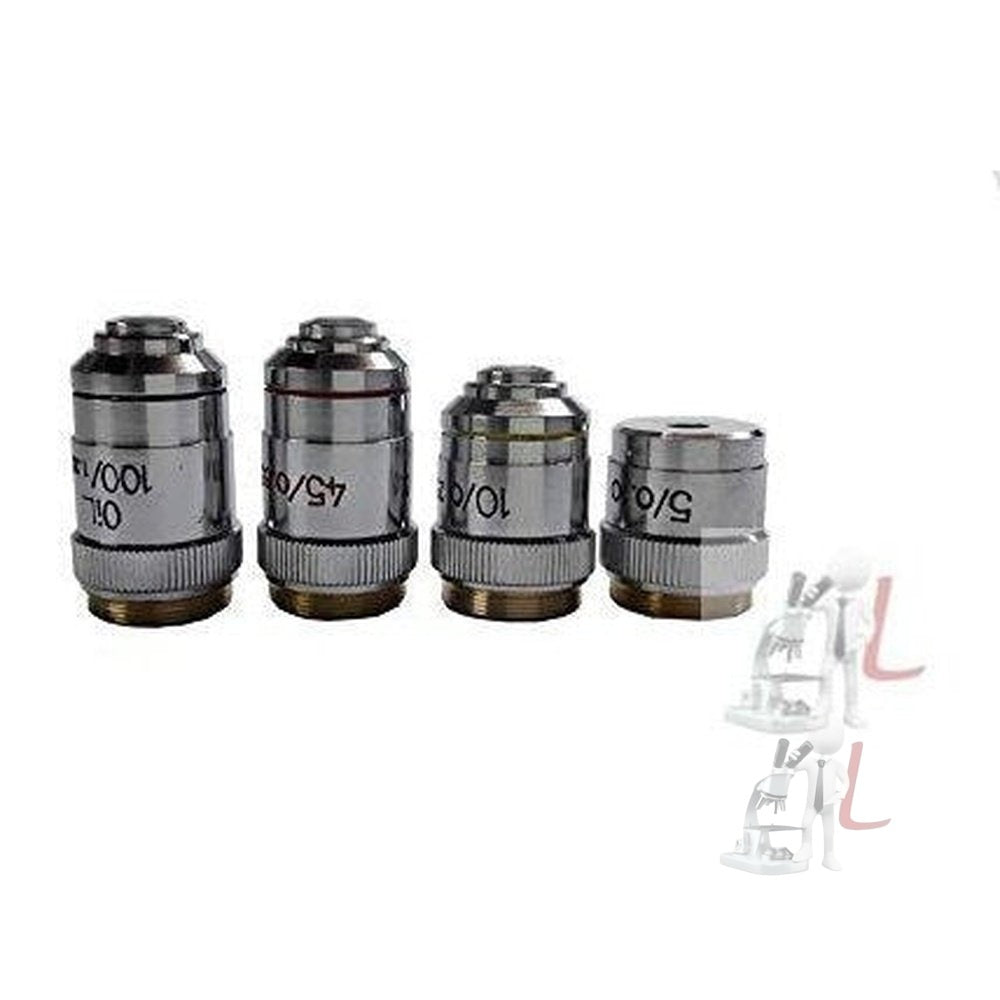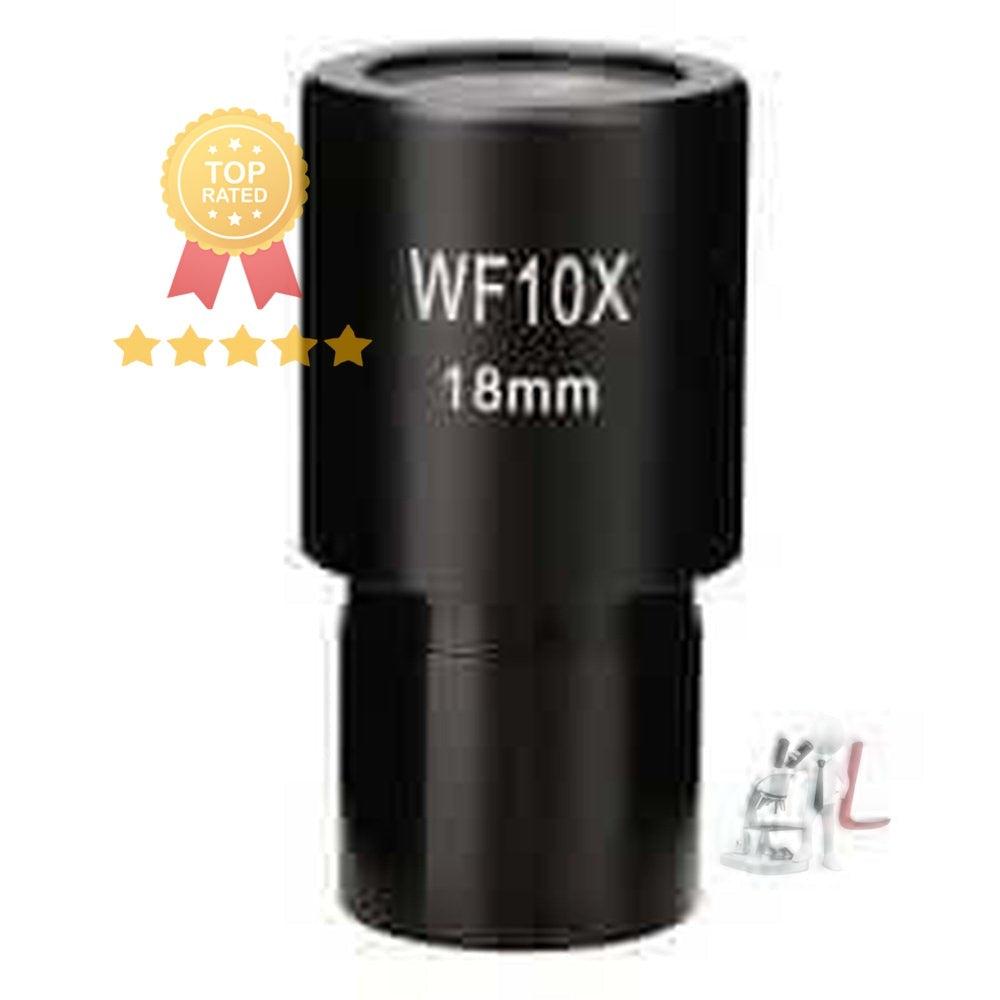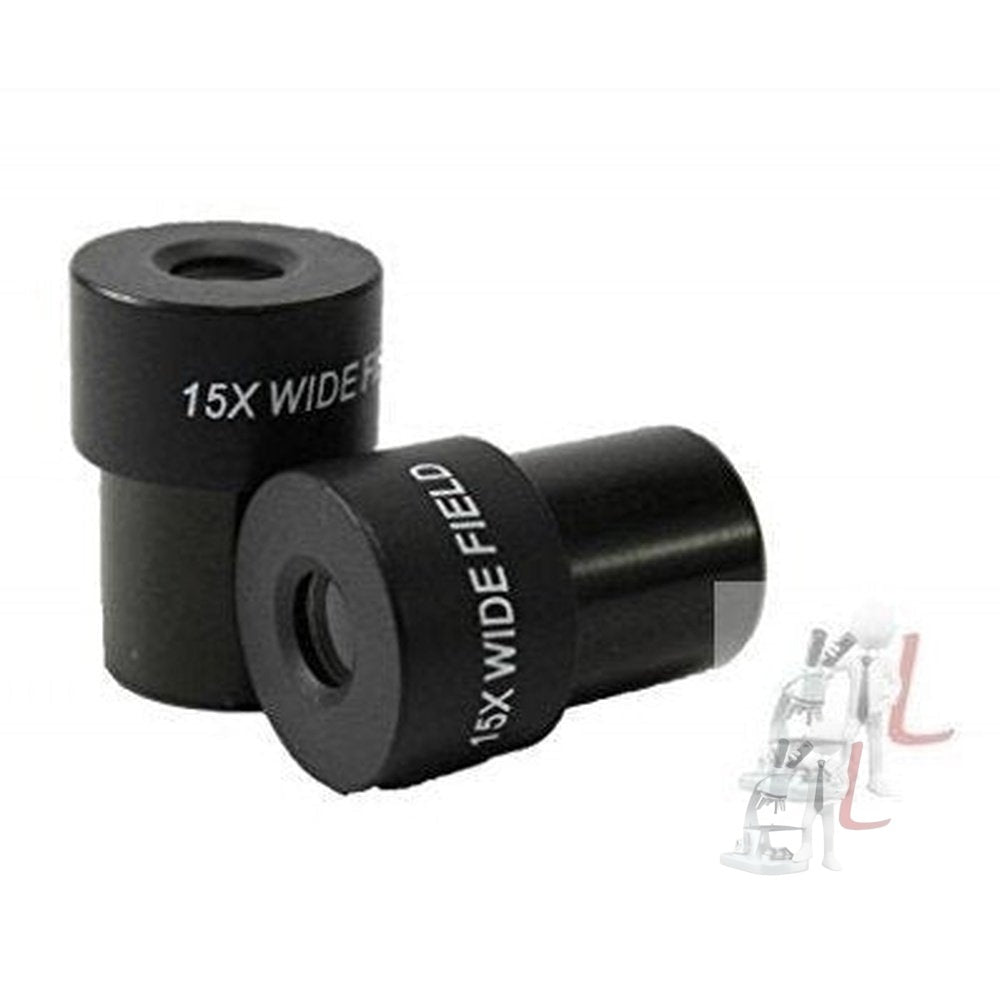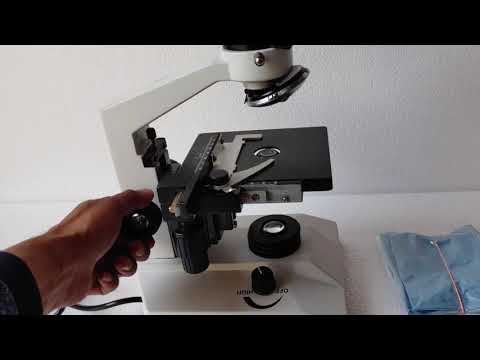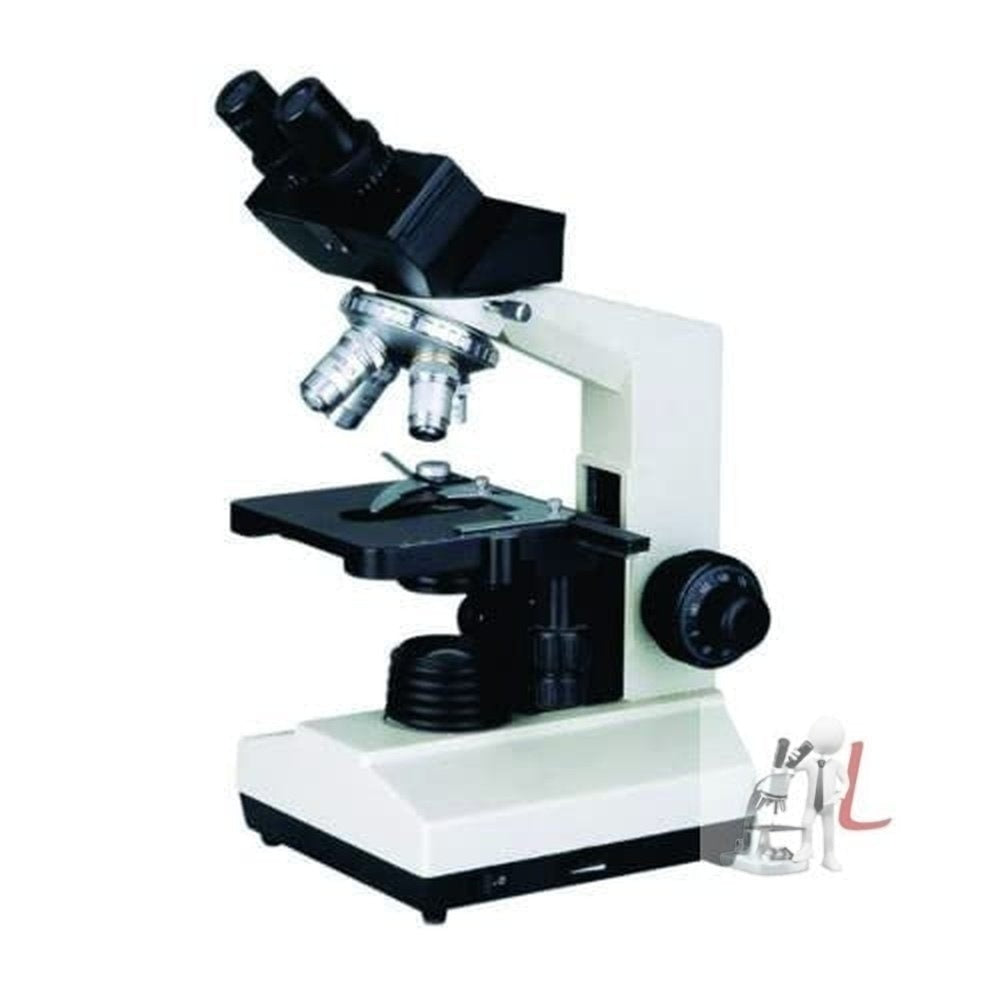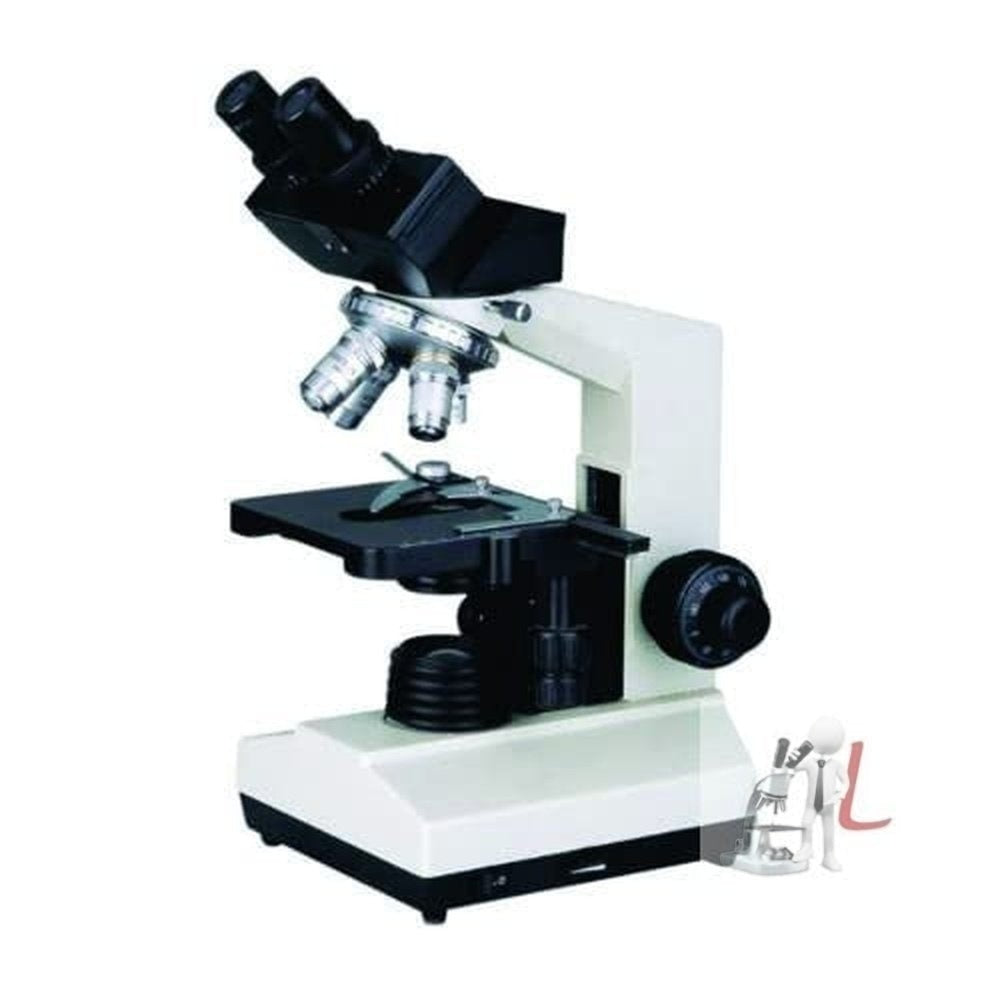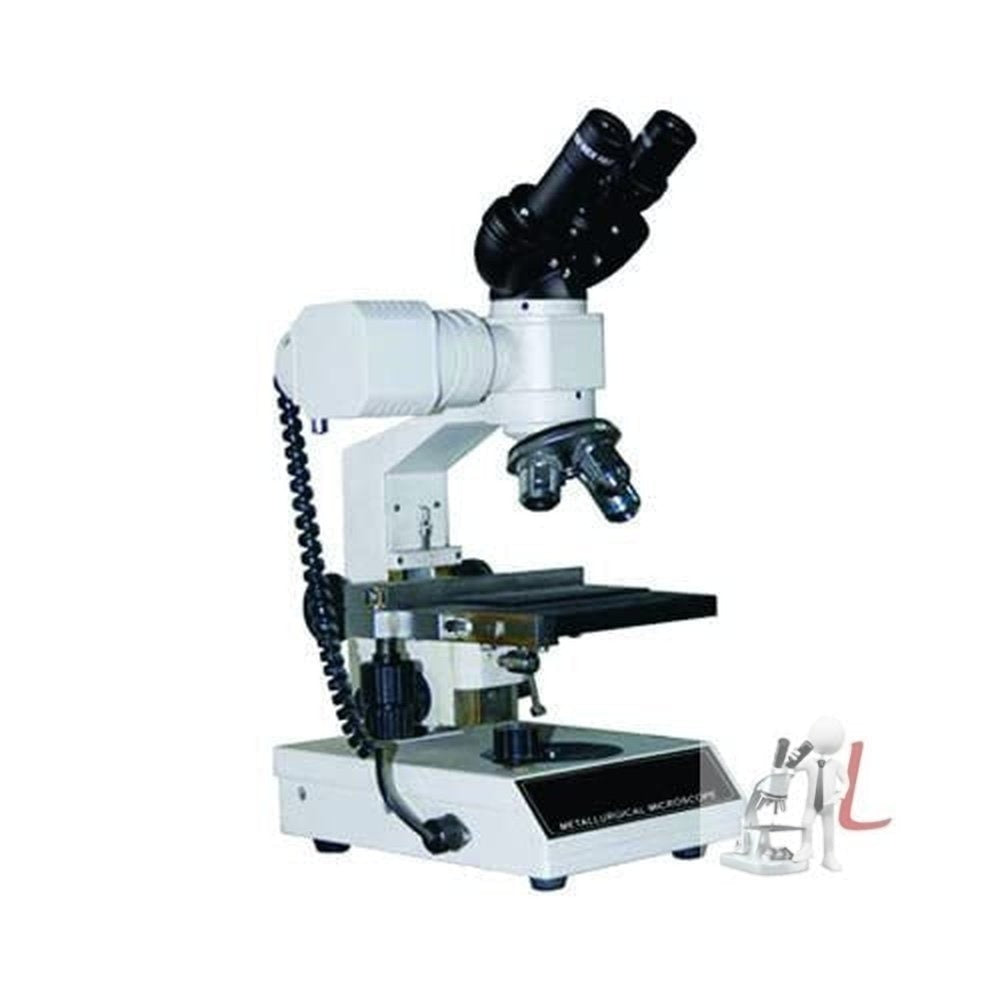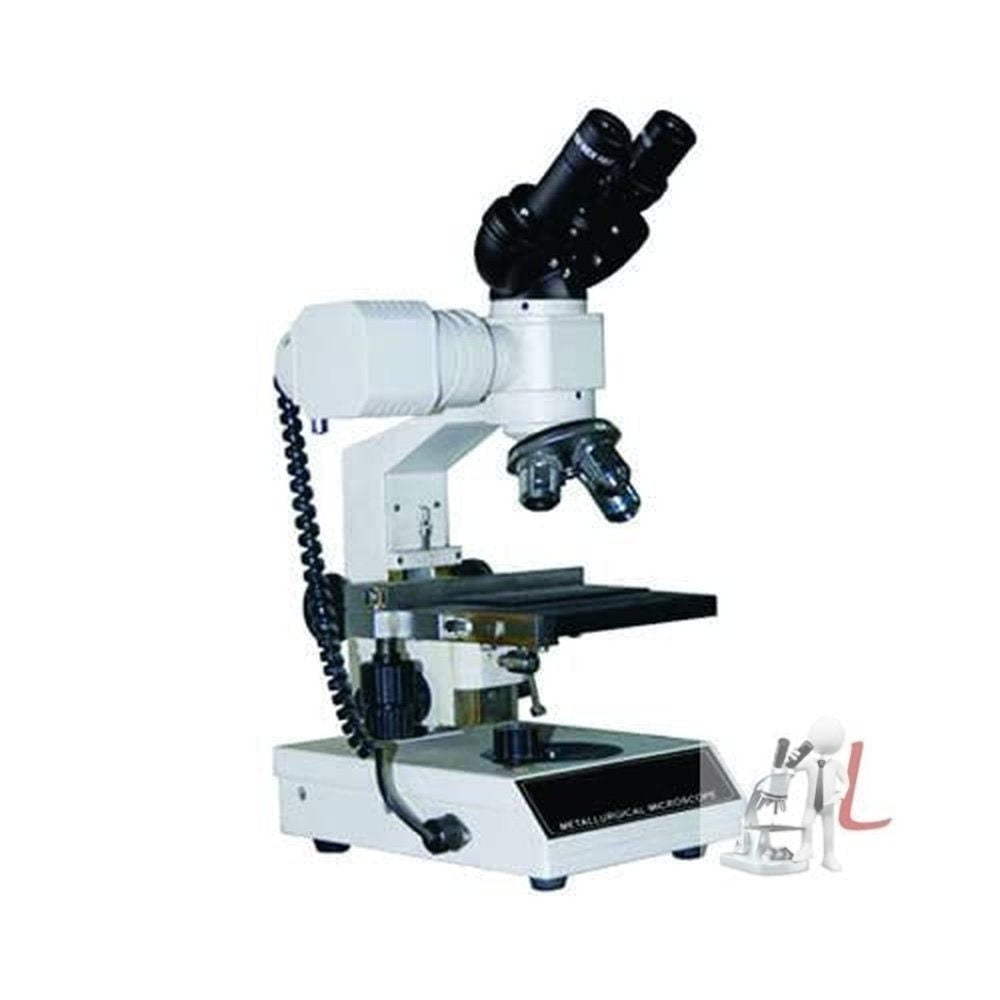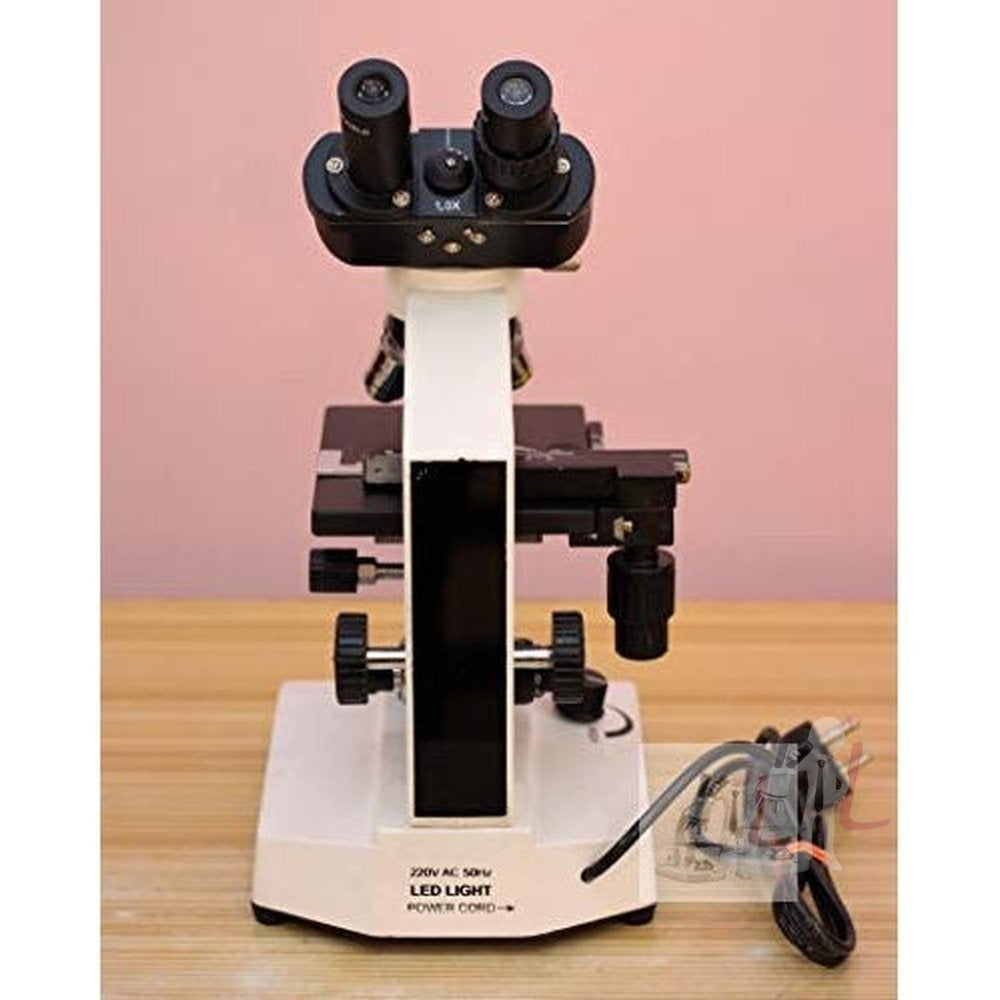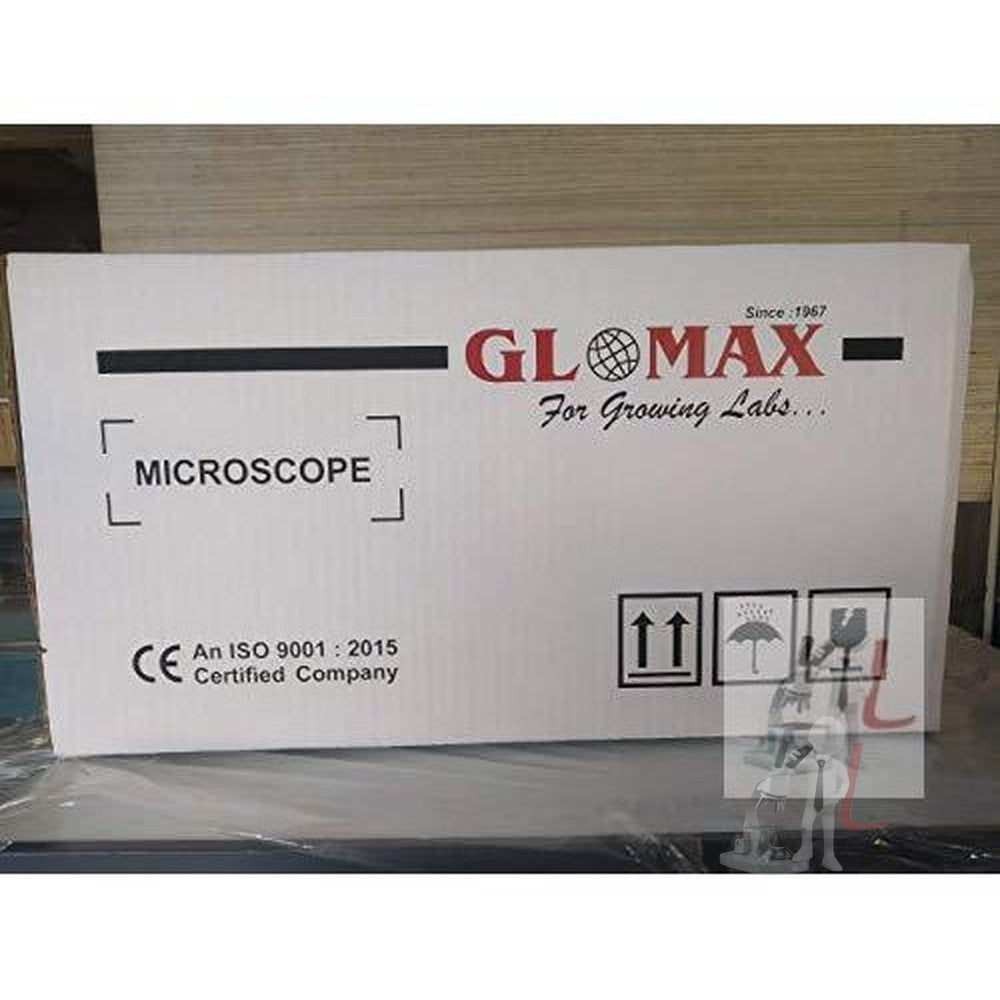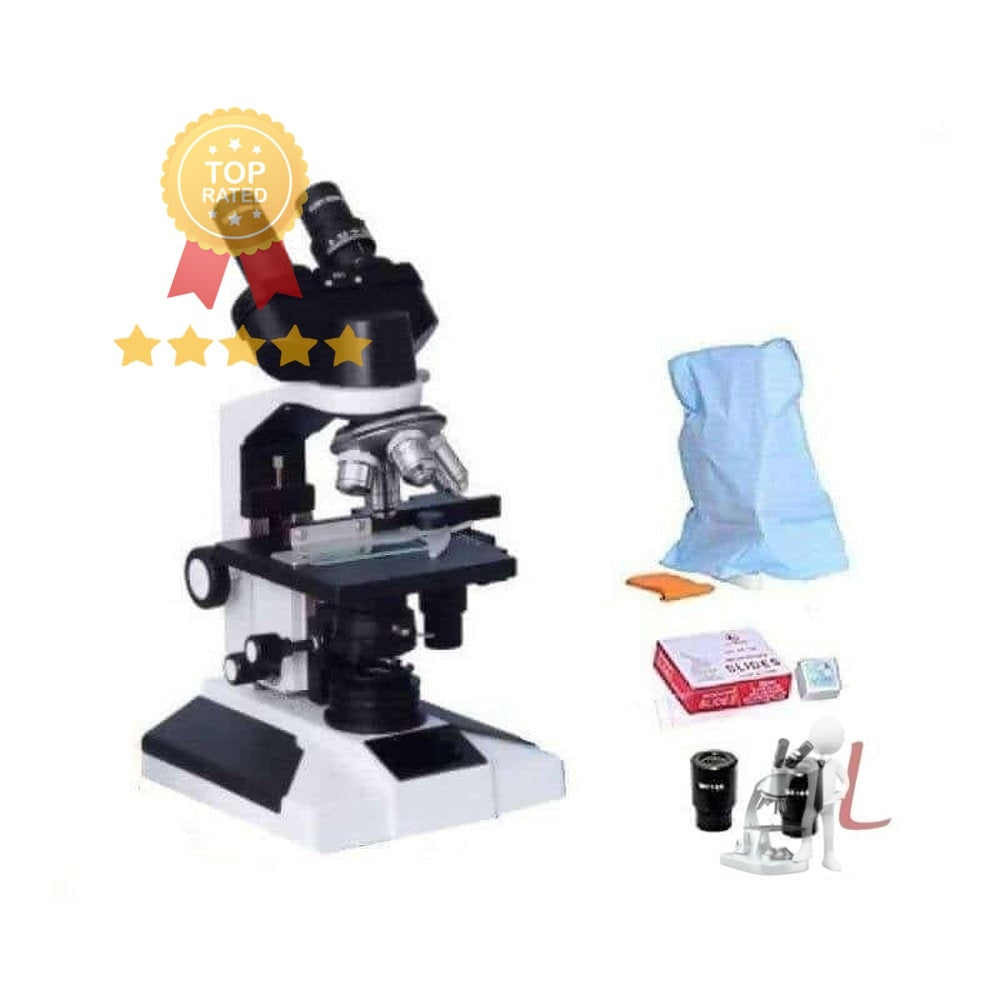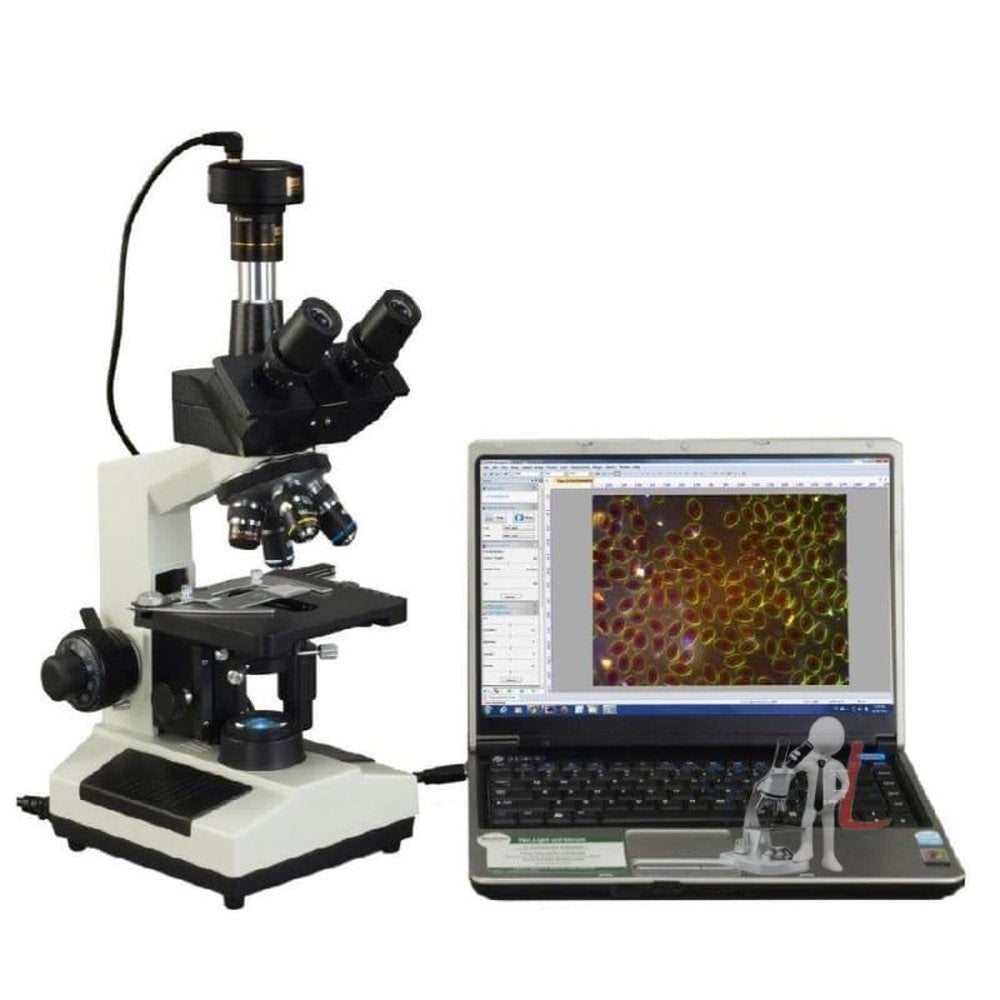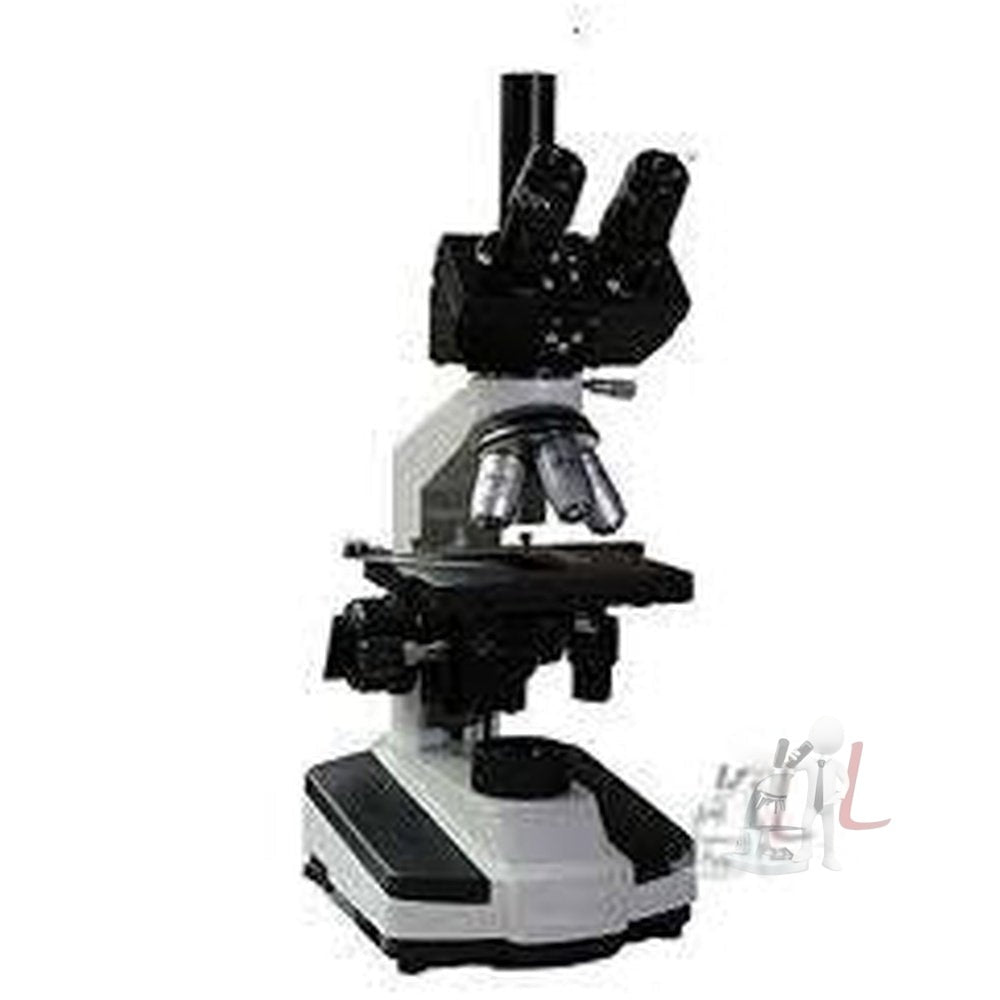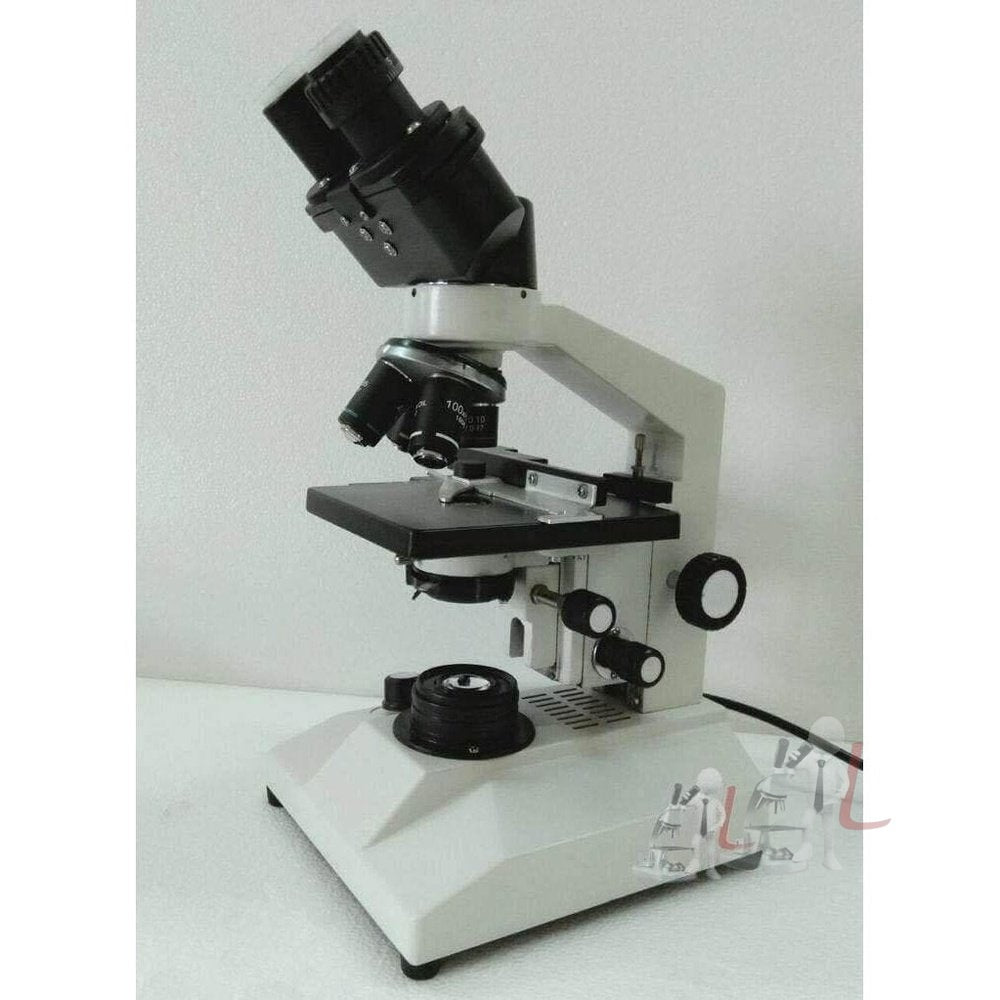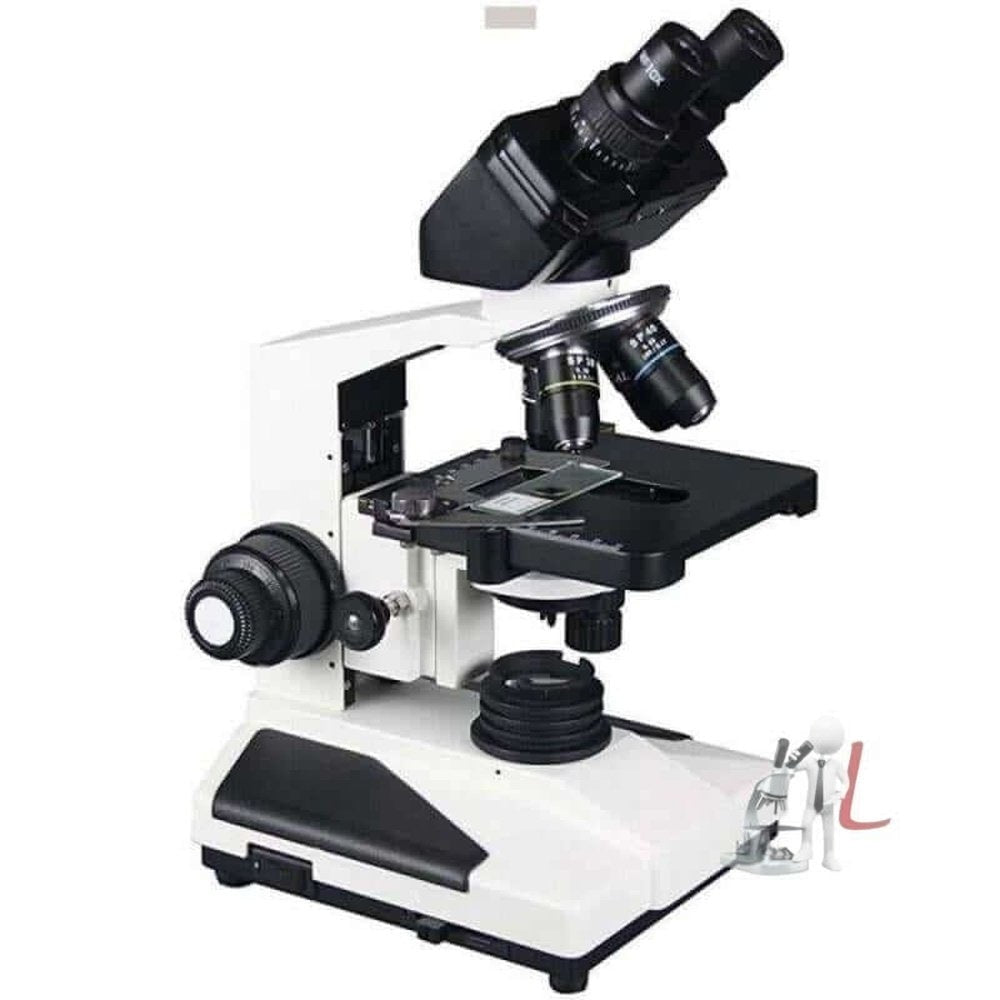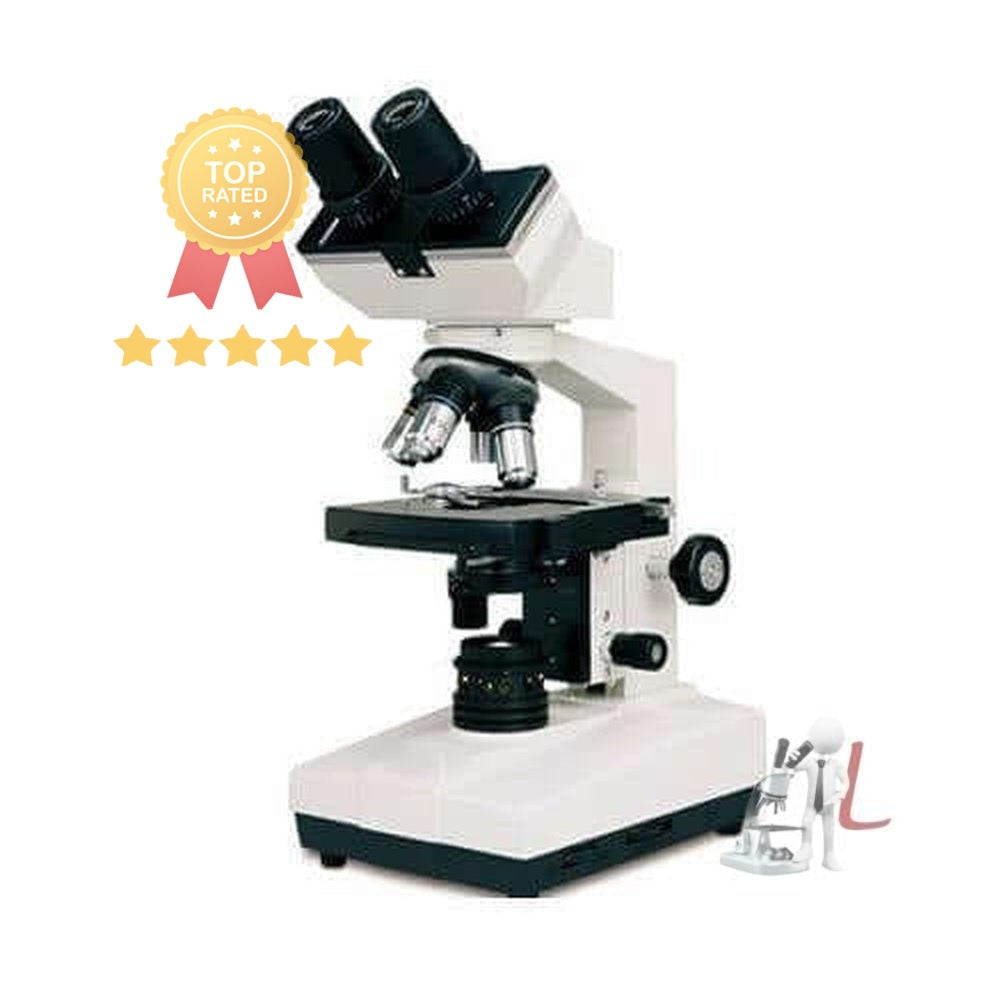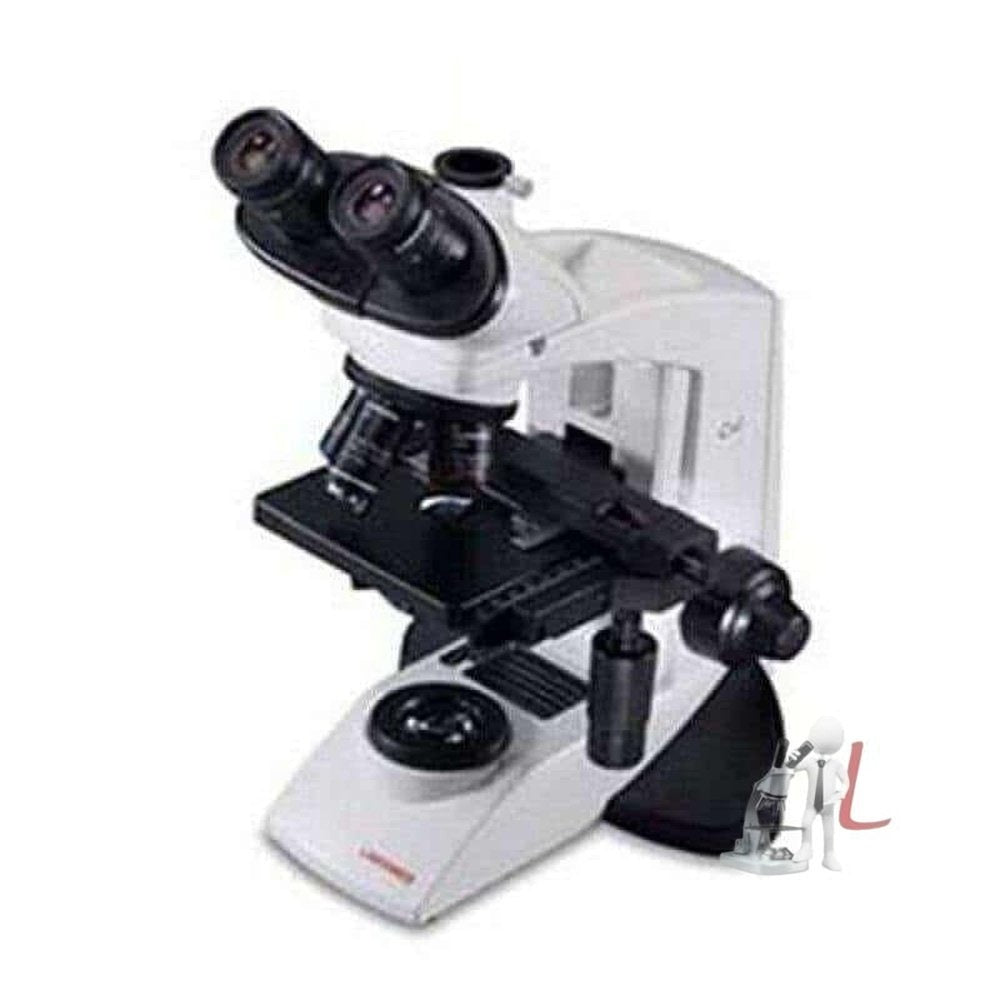Microscopes for Tiny Details
Microscopes for tiny details open up an extraordinary realm of discovery and understanding in scientific research, education, and even art. The ability to magnify the minuscule components of the world around us reveals complexities that are invisible to the naked eye. Through the lens of a microscope, vibrant colors, intricate patterns, and delicate structures come to life, enhancing our comprehension of biological processes, material properties, and even technological advancements.
The journey into the microscopic world is fascinating, beginning with the roots of microscopy itself. Dating back to the late 16th century, the invention of the compound microscope marked a revolutionary moment in science. Early microscopists uncovered the existence of microorganisms, leading to groundbreaking conclusions in fields such as biology, medicine, and materials science. Today, microscopes for tiny details are utilized across various disciplines, providing insight into biological specimens, industrial materials, and even jewelry design.
There are numerous types of microscopes tailored for examining tiny details, each featuring unique capabilities and applications. Light microscopes, for instance, employ visible light to illuminate specimens, revealing structures at a cellular level. On the other hand, electron microscopes use electron beams to achieve incredible magnification, allowing scientists to visualize atoms and molecules, a feat impossible with light microscopy. Scanning electron microscopes (SEMs) excel in producing three-dimensional images, while transmission electron microscopes (TEMs) provide detailed cross-sections of samples. Understanding the specific requirements for your research, from resolution to specimen type, is critical when selecting the appropriate microscope.
In fields like biology, microscopes for tiny details are indispensable. Researchers examine cells, tissues, and microorganisms, enabling them to study diseases, genetic materials, and ecological systems. For instance, in medical research, pathologists rely on microscopes to diagnose ailments by analyzing cellular structures and identifying abnormalities. Likewise, in environmental studies, scientists utilize microscopes to explore soil samples and aquatic life, fostering an understanding of ecosystems and biodiversity.
Industries such as materials science and engineering also benefit significantly from the capabilities of high-precision microscopes. They allow engineers to inspect microstructures in materials, ensuring quality control and improving product design. Metrology, the science of measurement, relies heavily on microscopes to achieve precise dimensional measurements of components. From the manufacturing of semiconductors to the production of nanomaterials, understanding minuscule details plays a pivotal role in innovation.
Moreover, artists and jewelers depend on microscopes for tiny details to elevate their craft. The intricate designs in jewelry require a careful examination to ensure quality and precision. By using microscopes, artisans can mimic nature's subtle constructs, embedding unique patterns and textures into their work. Similarly, scientists in fields such as paleontology and forensics utilize microscopy to analyze minute details in fossils and evidence. The ability to distinguish between nearly indistinguishable features can lead to significant discoveries and advancements.
As technology evolves, so do the advancements in microscope design and functionality. Digital microscopes have emerged, allowing researchers to capture high-resolution images and video directly onto computers. Integration of artificial intelligence and image processing software facilitates advanced data analysis, paving the way for innovative discoveries across various sectors. Newer models are becoming more compact and user-friendly, broadening accessibility and encouraging exploration in schools and laboratories.
Additionally, microscopy education plays a vital role in inspiring the next generation of scientists. By integrating microscopes for tiny details into the curriculum, educators can spark students' curiosity and promote hands-on learning. School labs equipped with microscopes enable students to observe biological specimens firsthand. These experiences foster enthusiasm for science, encouraging future endeavors in research and technology.
Despite their tremendous utility, challenges remain in the field of microscopy. The cost of high-quality microscopes can be prohibitive for many educational institutions and research centers, hindering the potential for widespread access and discovery. Moreover, the complexity of certain systems requires significant training and expertise, which can be a barrier for beginners. Efforts to democratize microscopy, through affordable models and robust educational resources, are essential to ensure inclusivity in scientific exploration.
In conclusion, microscopes for tiny details serve as powerful tools that unlock the wonders of the microscopic world. They are essential in Science, Engineering, Medicine, Art, and Education, bridging gaps in our knowledge and driving innovation. By enabling deep exploration of tiny details, microscopes continue to enhance our understanding and appreciation of the intricacies of life and materials. The contributions of microscopes span generations, reminding us that even the tiniest details can reveal profound insights into our universe.
Filter
Sort by

